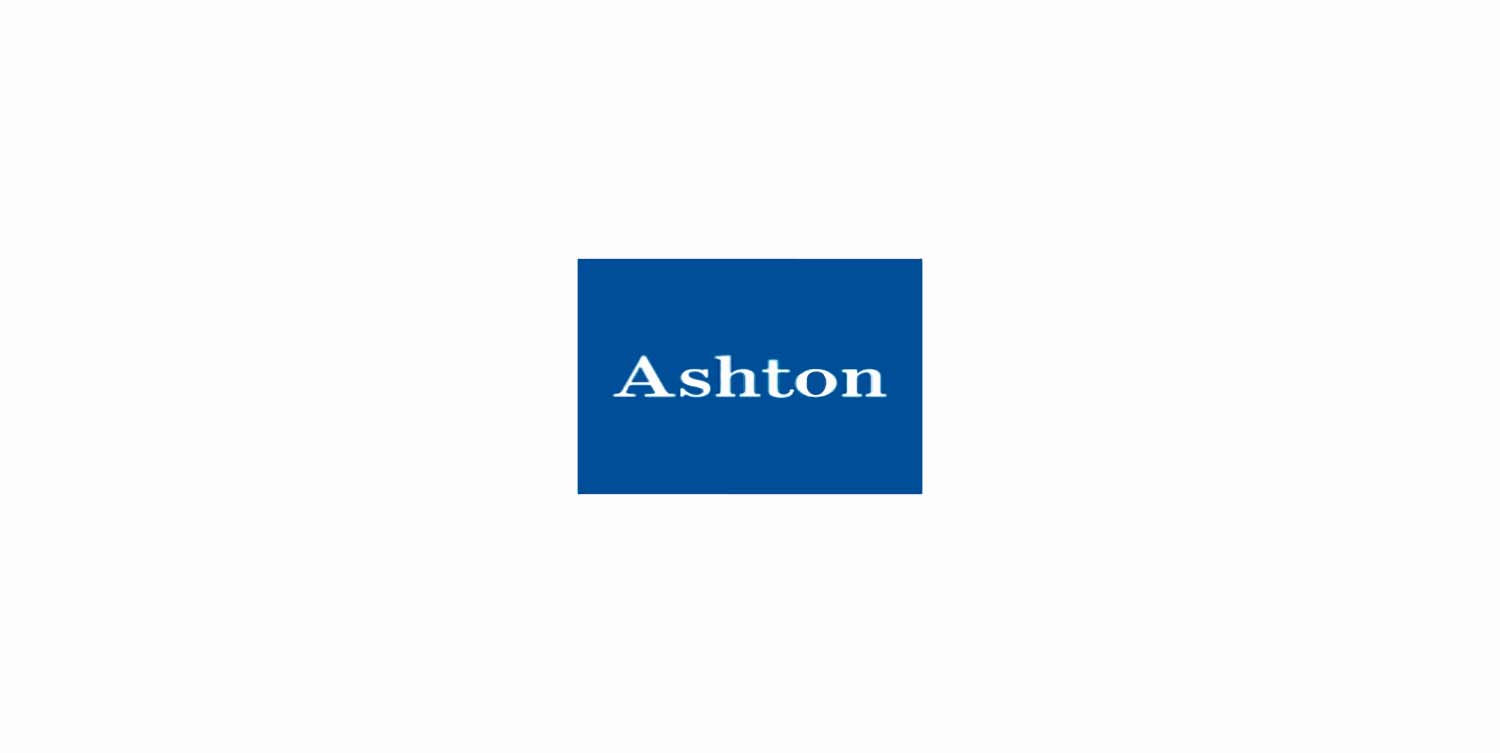Enter your email below to receive weekly updates from the Ashton College blog straight to your inbox.

Canadian GAAP: Accounting is often referred to as the language of business, and for good reason. It provides the structure and framework for financial reporting, helping businesses make informed decisions, and ensuring that stakeholders like investors, lenders, and regulatory authorities have confidence in a company’s financial health. In Canada, Generally Accepted Accounting Principles (GAAP) provide this crucial framework.
If you’re a business owner, an accounting student, or simply interested in how financial statements are prepared, understanding Canadian GAAP is essential. This blog explores what GAAP is, why it matters, and where to find additional resources to deepen your knowledge.
Generally Accepted Accounting Principles (GAAP) are a set of standardized rules, principles, and guidelines that govern financial accounting and reporting. GAAP ensures consistency, transparency, and comparability in financial statements across organizations.
In Canada, GAAP was historically overseen by the Canadian Accounting Standards Board (AcSB). However, since 2011, Canada has adopted International Financial Reporting Standards (IFRS) for publicly accountable enterprises, aligning Canadian GAAP with global accounting practices.
That said, not all organizations in Canada follow IFRS. Private enterprises, not-for-profits, and pension plans can opt to use Accounting Standards for Private Enterprises (ASPE) or other relevant frameworks.
While GAAP consists of numerous rules and guidelines, several core principles underpin its structure:
Revenue Recognition Principle: Businesses recognize revenue only when it is earned and measurable. For example, they record revenue when they render a service or deliver a product, not when they receive payment.
Matching Principle: Businesses record expenses in the same period as the revenues they generate, ensuring an accurate representation of profitability.
Full Disclosure Principle: Companies disclose all relevant financial information that may impact users’ decisions in the financial statements.
Cost Principle: Businesses record assets at their historical cost rather than current market value, providing a reliable and objective basis for financial reporting.
Conservatism Principle: Accountants exercise caution when faced with uncertainty, ensuring they do not understate liabilities and expenses or overstate assets and revenues.
Although Canada has transitioned to IFRS for publicly accountable enterprises, private enterprises and not-for-profits often use ASPE, a simplified framework based on GAAP. Understanding the distinction between these frameworks is crucial:
IFRS (International Financial Reporting Standards)
ASPE (Accounting Standards for Private Enterprises)
Both frameworks follow GAAP principles, with IFRS providing more detail and complexity, while ASPE suits smaller-scale operations
Understanding GAAP is easier with real-world applications. Here are a few scenarios:
Revenue Recognition
Asset Valuation
Expense Matching
To deepen your understanding, the following resources can be invaluable:
Understanding Canadian GAAP is crucial for financial reporting, ensuring compliance, stakeholder trust, and long-term business success.

View All Comments